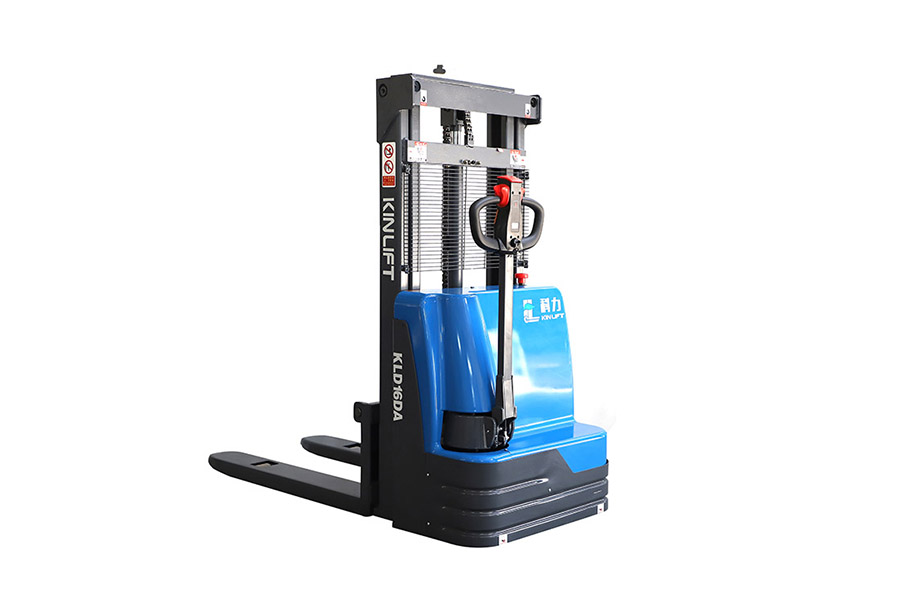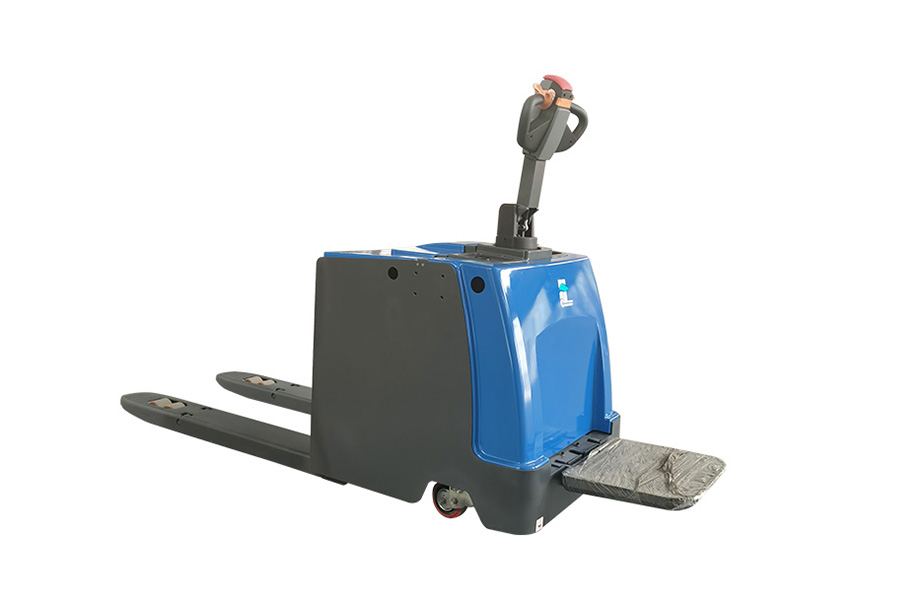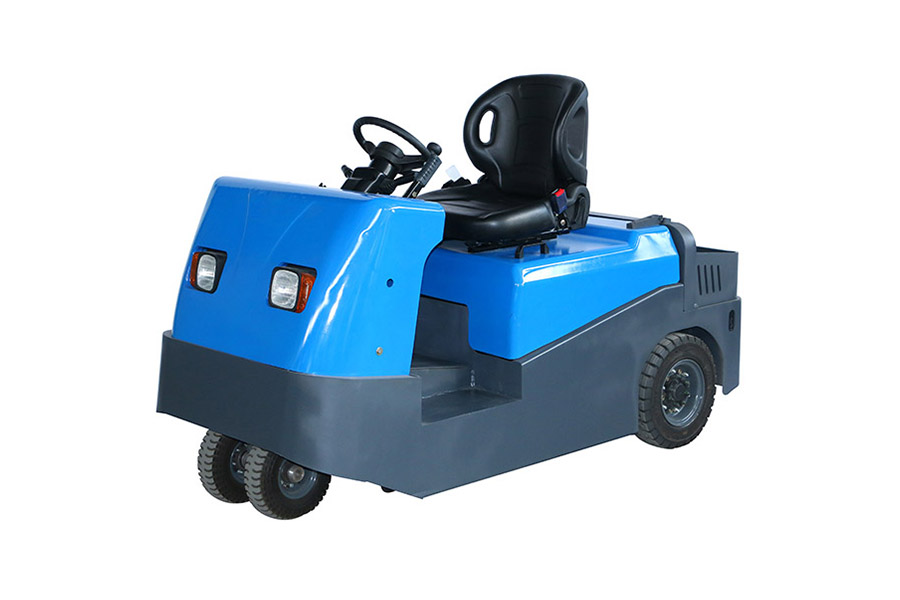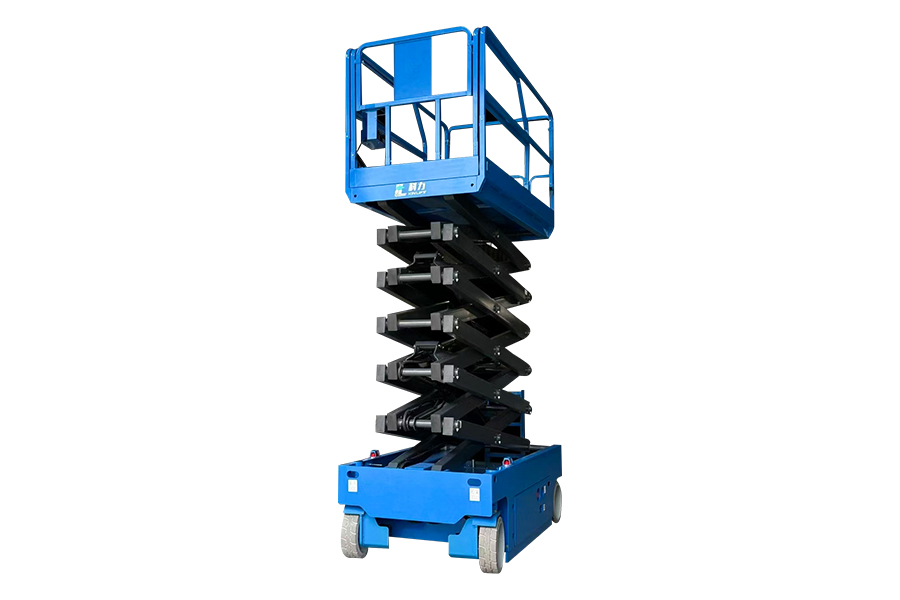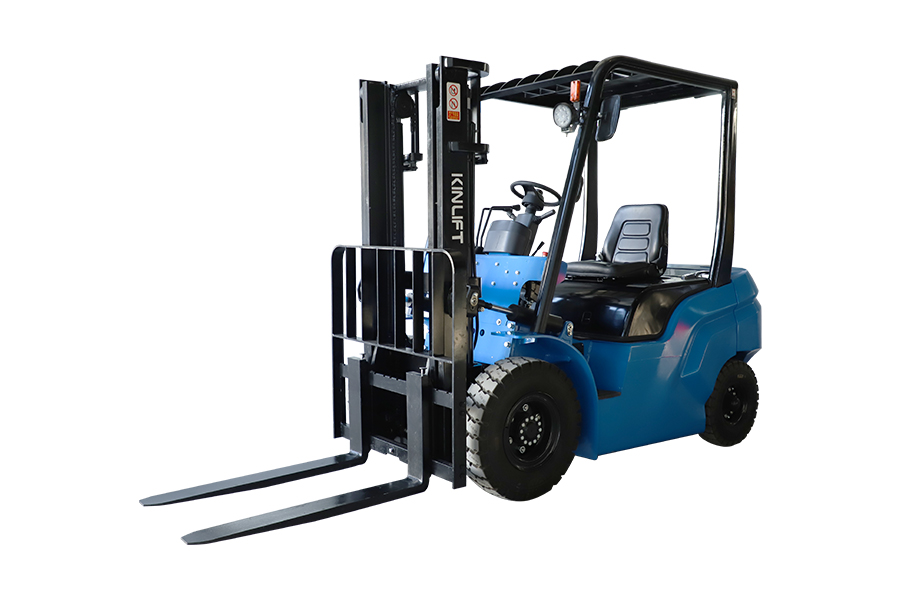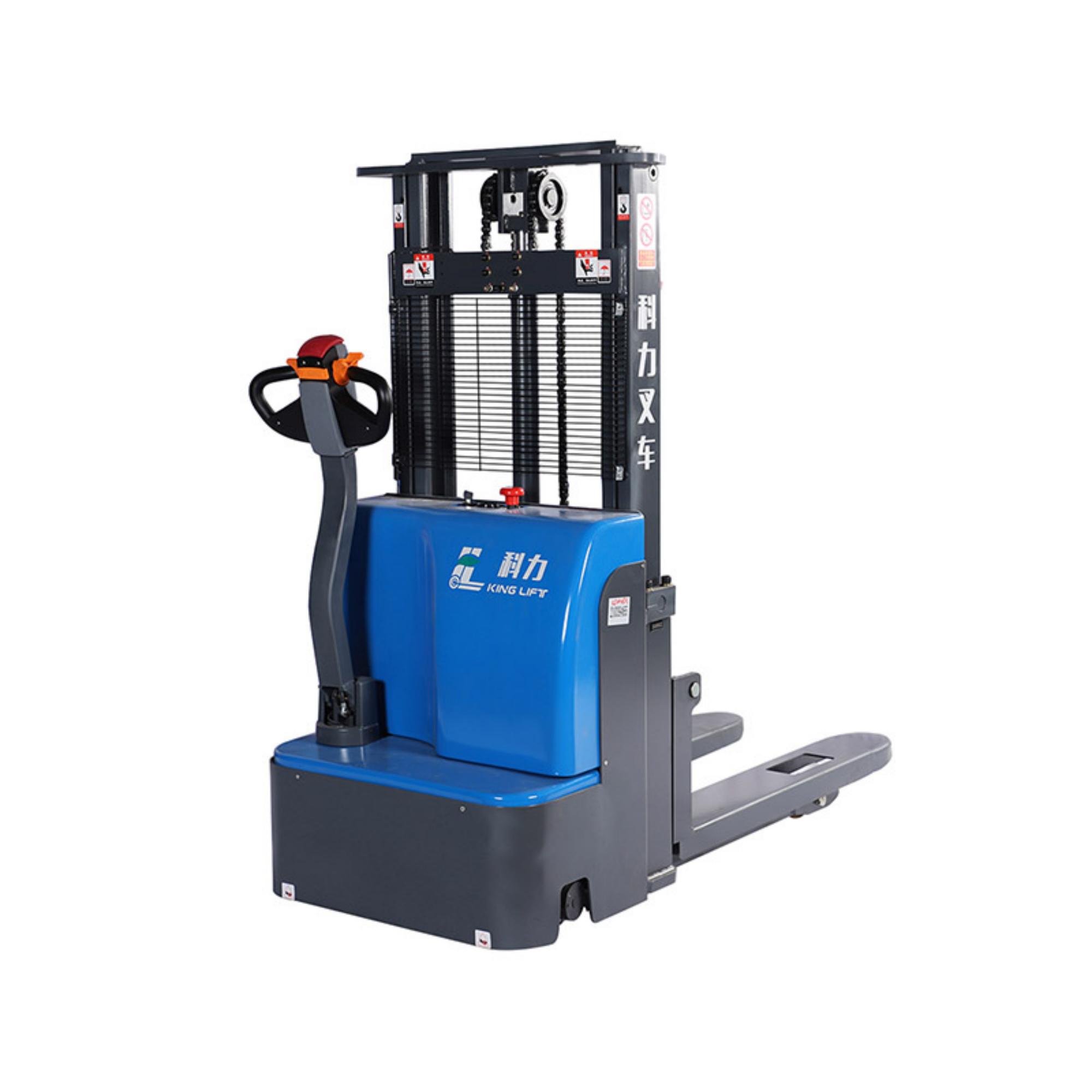Four-wheel electric counterbalanced forklift: battery as "invisible ballast"
Four-wheel electric counterbalanced forklift, as the backbone of warehousing and logistics, its battery layout design is particularly exquisite. Usually, the batteries of these forklifts are cleverly placed under the cab, close to the operator's seat. There are multiple considerations behind this layout strategy:
Maximum use of space: The space under the cab is often spacious and underutilized. Placing the battery here can effectively save the overall space of the vehicle, making the forklift structure more compact and improving the efficiency of warehouse space.
Safety and neatness: The battery is protected under the cab, reducing the direct impact of the external environment on the battery, such as dust, moisture, etc., thereby extending the battery life and maintaining the neat appearance of the vehicle. In addition, this design also avoids direct contact between the operator and the battery, reducing the potential risk of electric shock.
Enhanced stability: The weight of the battery plays the role of "ballast" here, effectively lowering the center of gravity of the forklift. A lower center of gravity means that the forklift is more stable when carrying heavy objects or making quick turns, reducing the risk of rollover and improving the safety of operation.
Forward-moving electric forklift: dual considerations of easy maintenance and safe center of gravity
Unlike four-wheel counterbalanced heavy-duty forklifts, the design of forward-moving electric forklifts is more flexible, especially suitable for operations in narrow passages. In this type of vehicle, the battery is often placed in the front of the vehicle. This layout choice is also based on many considerations:
Easy to maintain daily maintenance: Placing the battery in the front allows the operator to easily access it when charging, checking or replacing the battery, greatly improving maintenance efficiency and reducing downtime.
Weight distribution and stability: Although the battery position of the forward-moving forklift seems to be very different from that of the four-wheel model, its center of gravity is also carefully designed. The forward-moving design ensures that the forklift can maintain good stability during operation even when the battery is placed in the front by adjusting factors such as the frame structure and the position of the cargo pallet. This design not only ensures the safety of operation, but also enables the forklift to flexibly shuttle in narrow spaces and complete high-precision operations.
Optimized operating field of view: The front-mounted battery design also helps improve the operator's field of view, especially when carrying precision cargo. The operator can observe the situation ahead more clearly and respond quickly and accurately, further improving the safety and efficiency of the operation.


 English
English русский
русский
